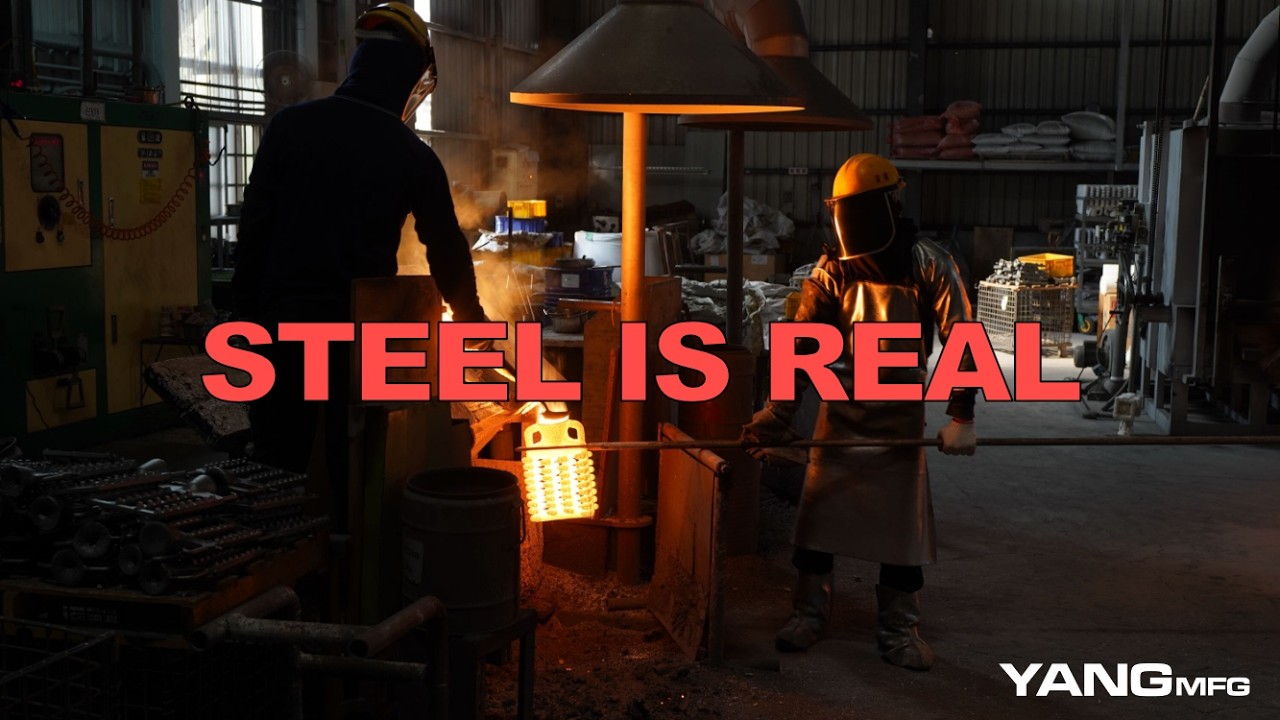Yep, the more you dive into it the bigger the questions. As you pointed out all these things are measurable. It’s figuring out what the priority is.
Here is my rule of thumb as I alluded to. The bigger and heavier the rider the more burly you build the frame. Thicker walls and bigger diameters. For me the gold standard for a road frame is someone around 175-180cm and 65 to 70kg is going to be served well by an OS tubeset (32DT28.6TT) with mid weight seat stays. Bigger people get an XL tubeset (35DT32TT) smaller people I dop potentially to a 28.6DT28.6TT. Wall thickness adapted up or down to then tune the ride.
I generally don’t think lack of tortion stiffness in teh average frame is a problem. I’ve built a frame for a dude who was 195cm and 110kg using an XL tubeset with MAX steel fork and he loves it and says the bike tracks beautifully which would tell me the torsion value that frame is good enough.
But I get it. The designer in me wants to delve into it and really optimise the material and fea the crap out of it and really push the envelope of what’s possible. Understanding the characteristics is a big part of that.
For butted tube bending my thinking is the middle bends before the ends. That seems obvious. At a point the force reaches a level where it starts to bend the butts as well. Of course ratio between wall thickness and how long the end butts are are going to have an affect. Two tubes with the same butt tickness but with different length butts is going to have the one with longer butts having an overall stiffer dynamic if yoo were doing a weighted bending test. (needs punctuation, sorry)
Interesting to think about. ![]()



